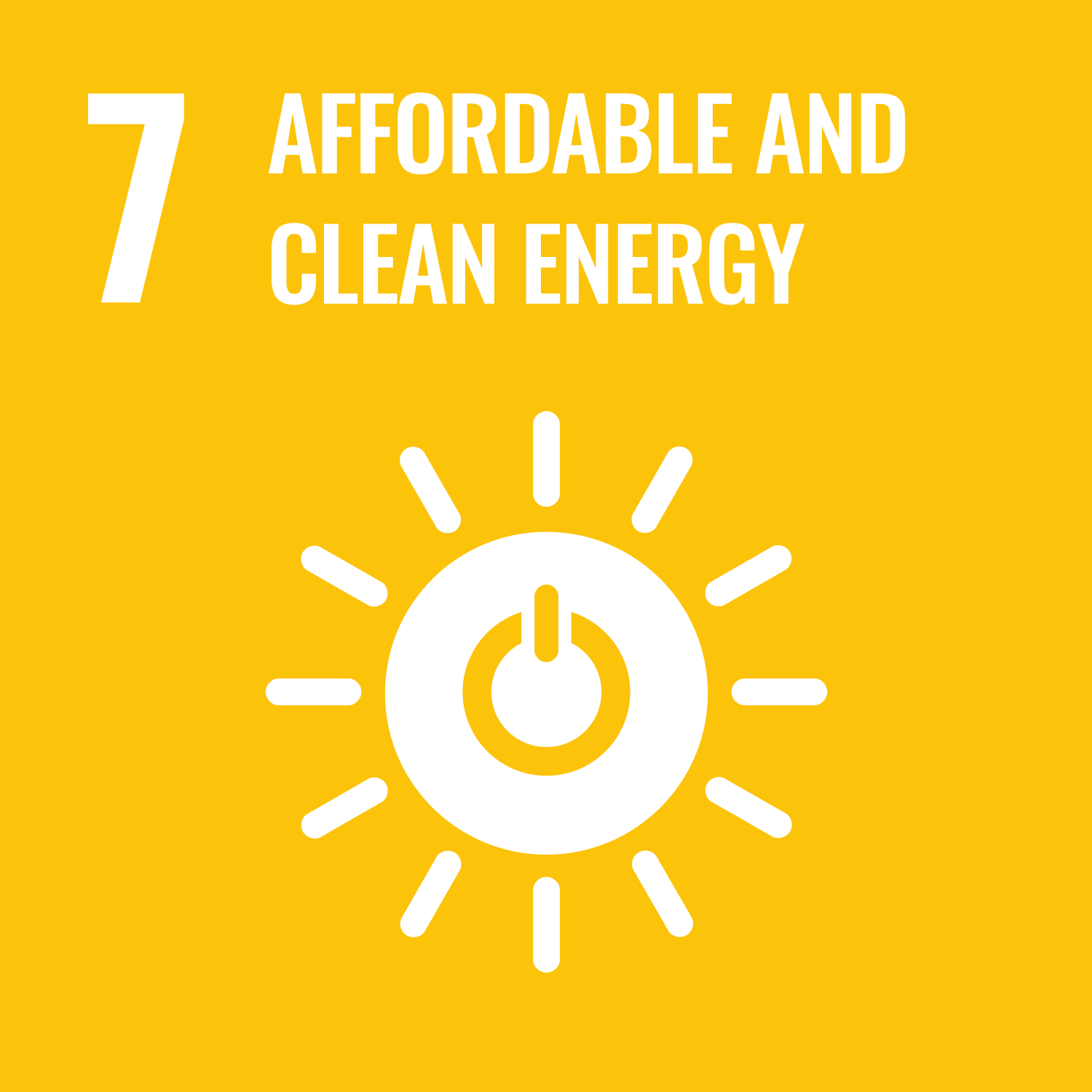
Metallic hydrogen: a step towards the first room-temperature superconductor
Is it possible to compress a gas like hydrogen until it becomes as solid and resistant as metal?
The answer is yes and it comes from the researchers of the Department of Physics of Sapienza University. In a new study published on the journal Nature Physics with the collaboration of the universities of Trento and the Basque Country, the team calculated the physical characteristics (electrical conductivity, colour and brightness) and the chemical properties of hydrogen as pressure varies.
The research is part of a series of studies that for decades has seen groups from all over the world engaged in compressing hydrogen atoms to create, in the laboratory and at room temperature, a high-performing superconductor that neither overheats nor disperses energy.
These special characteristics make the material particularly interesting for applications in the energy and electronics sector and in other contexts requiring materials able to function even under extreme conditions.
Metallic hydrogen was first theorized over 80 years ago and could be described as a physicist’s holy grail. To "achieve it" it is necessary to crush hydrogen molecules (so-called quantum confinement) under very high pressure of about 500 gigapascals (just think that one gigapascal is equivalent to the pressure exerted by the weight of an elephant on the surface of a 1 euro coin).
The researchers developed and used a cutting-edge theoretical model to simulate hydrogen at high pressure on the computer, but also to identify any errors in the experimental data and thus clarify the mechanisms of hydrogen metallization.
"We were very surprised when the results of the simulations confirmed all the experimental data − says Lorenzo Monacelli of the Department of Physics of Sapienza and the paper's lead author. Metallic hydrogen is an exceptional material: not only is it a black metal (rare in itself, like graphite), but it is even transparent under infrared light, which makes it unique."
References:
Black metal hydrogen above 360 GPa driven by proton quantum fluctuations − Lorenzo Monacelli, Ion Errea, Matteo Calandra & Francesco Mauri − Nature Physics, 2020. DOI: https://doi.org/10.1038/s41567-020-1009-3
Further Information
Lorenzo Monacelli
Department of Physics
lorenzo92monacelli@gmail.com
Francesco Mauri
Department of Physics
francesco.mauri@uniroma1.it
